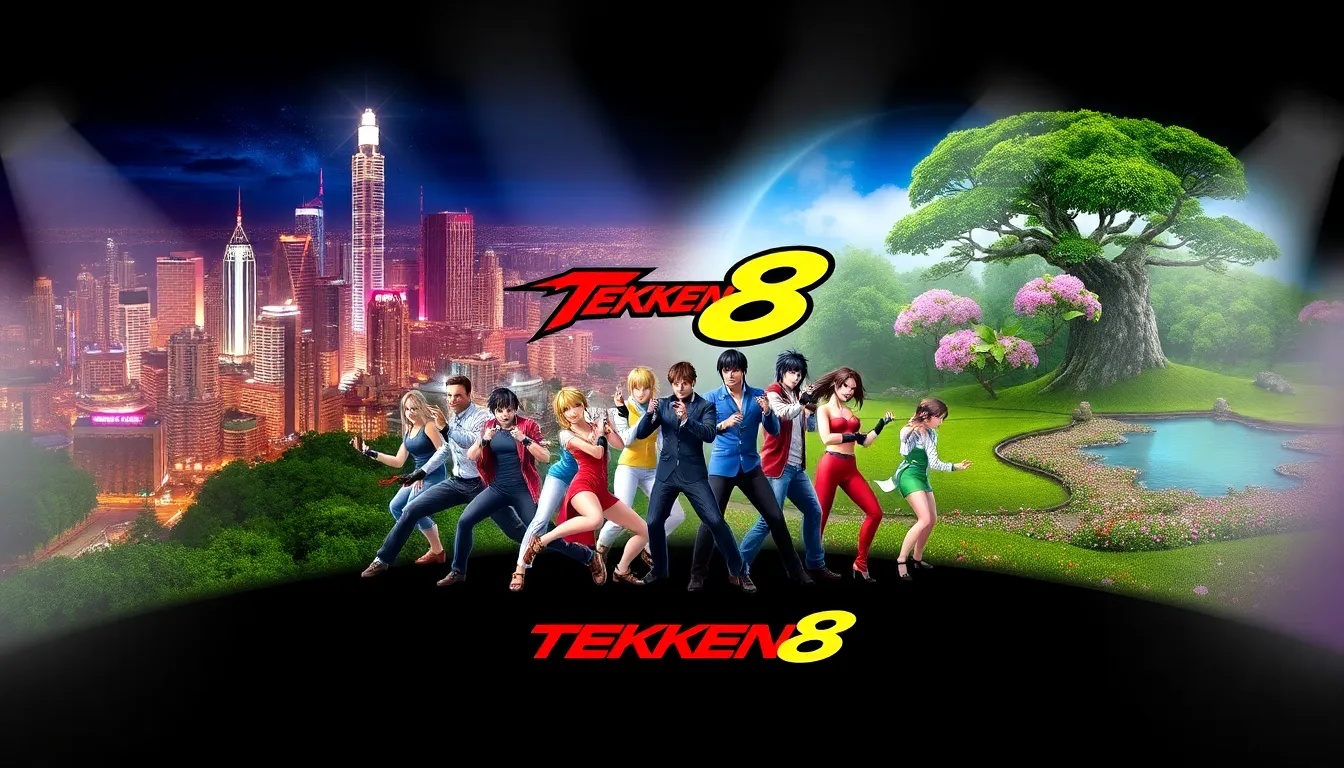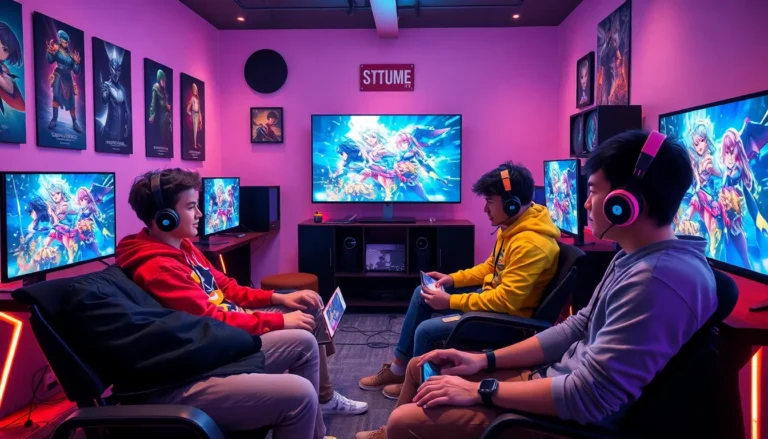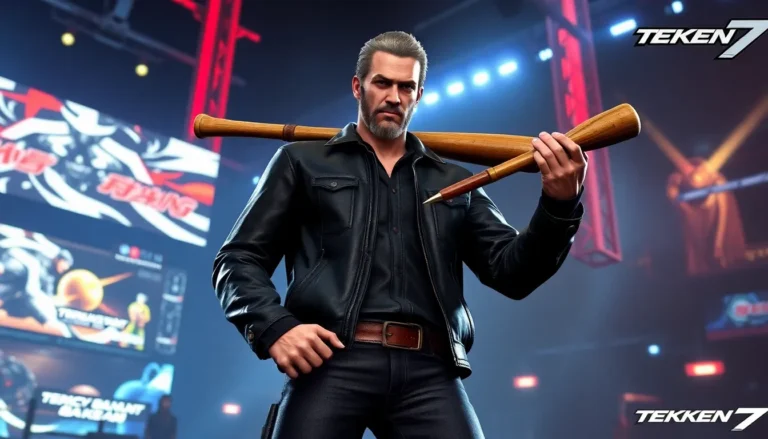In the world of fighting games, the stages are as crucial as the fighters themselves. They set the mood, influence strategy, and occasionally remind players that they’re squaring off in breathtaking locales rather than just anonymous arenas. With “Tekken 8” stepping onto the scene, fans are buzzing about the stages that serve as the backdrop for this high-octane showdown. Imagine battling your opponent atop a skyscraper or in a bustling festival, what better way to assert dominance than with flashy visuals? Strap in as we investigate into the dynamic world of “Tekken 8” stages.
Table of Contents
ToggleOverview of Tekken 8 Stages

“Tekken 8” isn’t just a continuation of a beloved franchise: it’s a visual feast packed with vibrant stages designed to enhance the fighting experience. From urban landscapes to serene gardens, each locale offers players a unique ambiance that is sure to captivate fans old and new. Recent leaks and teasers have revealed a diverse mix of returning favorites alongside exciting new arenas, ensuring players have plenty to explore.
Stages are crafted not only to look good but also to resonate with the game’s underlying themes and character backgrounds. The developers have poured creativity into every corner, making the fights feel like an integral part of a much larger narrative. As players traverse these intricately designed fields of battle, they’ll discover secrets and lore that enrich the gameplay experience.
It’s clear that “Tekken 8” aims to elevate stage design, and that’s igniting anticipation among the community.
Importance of Stages in Fighting Games
A pivotal element often overshadowed by character selections, stage design in fighting games plays a significant role. A well-designed stage can shift the dynamics of a match. Just think about it: platforms, environmental hazards, and destructible objects can create strategic opportunities or challenges for players.
In fighting games like “Tekken 8,” where positioning is key, having a stage that complements various play styles can make all the difference. Stages influence moves and tactics, as certain fighters might thrive better in specific environments.
Also, the aesthetic allure can’t be overlooked. Players connect emotionally with visually stunning settings, and a memorable stage can elevate the overall experience. From the bright colors to the detailed background animations, a stage can evoke feelings and set the pace for each encounter.
Detailed Analysis of Key Stages
The hype surrounding “Tekken 8” includes discussions about its most iconic stages.
Returning Stages from Previous Installments
Expect appearances from fan-favorite arenas like the “Dojo” and the “Mishima Zaibatsu Headquarters.” These stages not only bring nostalgia but also allow seasoned players to employ their hard-earned strategies. With slight visual upgrades, these familiar locales reignite old rivalries while offering a fresh coat of paint that modern gamers can appreciate.
Newly Introduced Stages
Alongside the classics, newcomers like the “City Rooftops” and “Moonlit Beach” promise lush graphics paired with interactive elements. Imagine battling it out with a scenic sunset backdrop or dodging opponents on precarious rooftops, it’s enough to get anyone excited. Each stage adds its flavor, pushing players to adapt and develop new strategies.
Thematic Elements of Each Stage
The thematic depth of each stage in “Tekken 8” is worthy of exploration. Stages are designed with specific storylines in mind, often reflecting the backgrounds of the characters that use them. For example, one might find a traditional Japanese garden representing the roots of martial arts, perfect for characters with a rich heritage tied to the culture.
Also, elements like weather and time of day bring additional layers. A stormy night battle on a city square might mirror a character’s turbulent life story, packing a visual punch that connects on a deeper level. This attention to thematic detail ensures every stage is not just a platform for fighting but a canvas telling stories.
Impact on Gameplay and Strategy
The gameplay dynamics can significantly shift based on the chosen stage in “Tekken 8.” Many stages offer unique mechanics, such as walls that limit movement or platforms that create potential for surprise attacks. Players must learn to adapt their strategies based on their environment, turning stages into instruments of tactical creativity.
For example, a stage with a wall is perfect for executing combos that push opponents back, while open arenas may encourage more mobile playstyles. Those who master the nuances of each stage will find themselves a step ahead of opponents who fail to acknowledge the intricate relationship between their character’s fighting style and the environment they’re in.
Community and Competitive Scene
The stages in “Tekken 8” will also impact the competitive scene significantly. Esports tournaments bring visibility not only to the characters but also to the stages that host these epic match-ups. The community thrives on discussions about which stages offer advantages and how specific match-ups play out in various settings.
Fans eagerly analyze stage selections during competitions, leading to heated debates and strategy crafting. The dynamics between stages can even affect tier lists, as players consider which environment gives them the edge. This community interaction contributes to a thriving ecosystem of players eager to share insights on how to gain the upper hand wherever they might fight.




